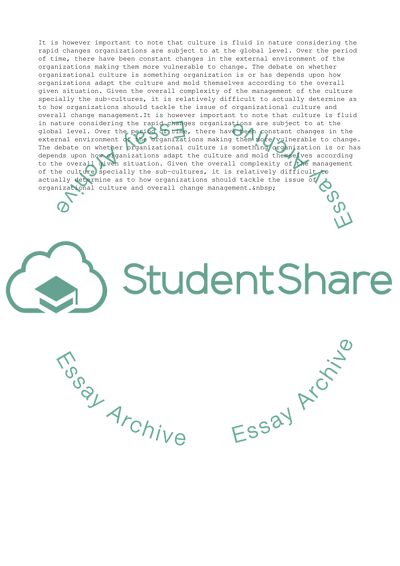Cite this document
(“Managing Change in the Workplace Essay Example | Topics and Well Written Essays - 2500 words”, n.d.)
Managing Change in the Workplace Essay Example | Topics and Well Written Essays - 2500 words. Retrieved from https://studentshare.org/management/1616865-managing-change-in-the-workplace
Managing Change in the Workplace Essay Example | Topics and Well Written Essays - 2500 words. Retrieved from https://studentshare.org/management/1616865-managing-change-in-the-workplace
(Managing Change in the Workplace Essay Example | Topics and Well Written Essays - 2500 Words)
Managing Change in the Workplace Essay Example | Topics and Well Written Essays - 2500 Words. https://studentshare.org/management/1616865-managing-change-in-the-workplace.
Managing Change in the Workplace Essay Example | Topics and Well Written Essays - 2500 Words. https://studentshare.org/management/1616865-managing-change-in-the-workplace.
“Managing Change in the Workplace Essay Example | Topics and Well Written Essays - 2500 Words”, n.d. https://studentshare.org/management/1616865-managing-change-in-the-workplace.


